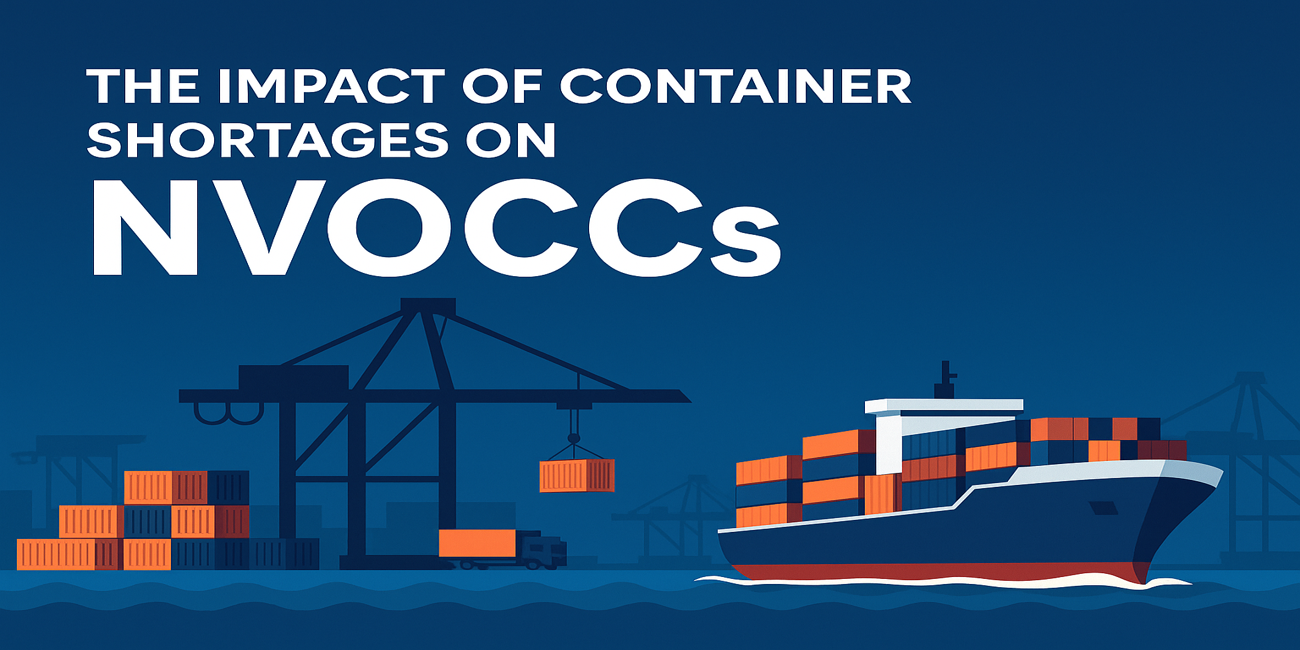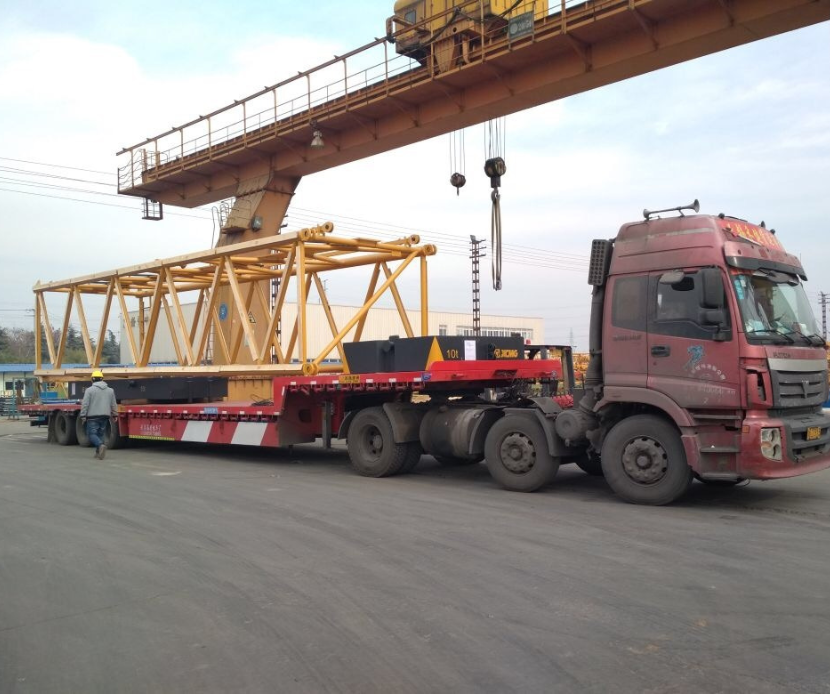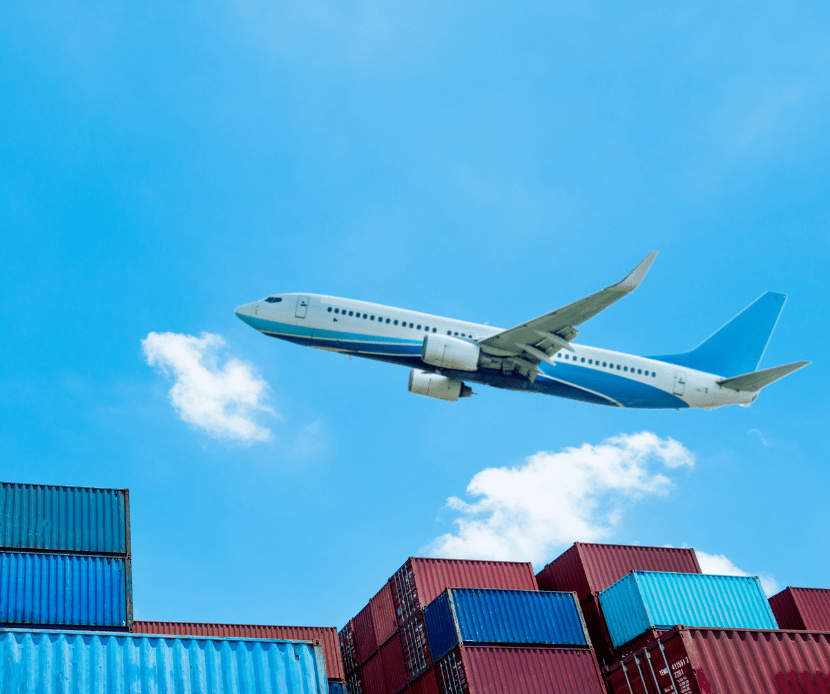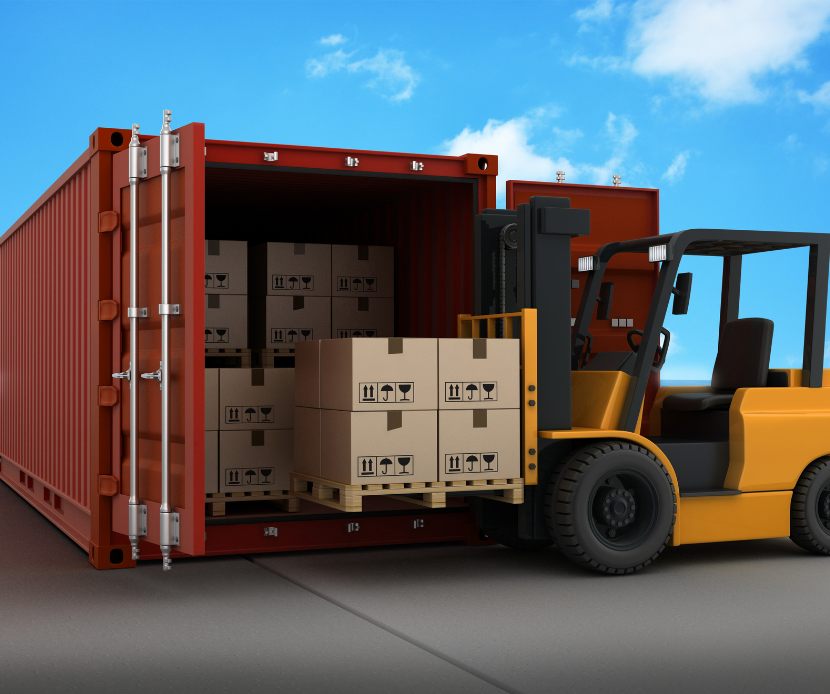


In global shipping, the saying goes: “A container not in the right place is no container at all.” And in 2025, that saying rings louder than ever for non-vessel operating common carriers (NVOCCs).
Container shortages are back—not because there aren’t enough boxes, but because they’re stuck in the wrong places. Red Sea diversions are stretching voyages by 10–15 extra days, while congestion in ports like Singapore and Rotterdam is slowing the turnaround of equipment.
The result? Boxes cycle more slowly, and availability in key export hubs is tight again.
For NVOCCs, this shortage isn’t just an inconvenience—it reshapes their business model. From sourcing equipment to quoting rates and managing client expectations, every step now comes with added risk. And while vessel operators can shuffle capacity, NVOCCs must survive on flexibility, creativity, and customer trust.
Most carriers continue to avoid the Suez Canal, sending ships around the Cape of Good Hope. That adds 10–15 days per trip and keeps containers tied up longer than usual.
Bottlenecks at hubs like Singapore and Rotterdam slow down equipment cycles, leaving exporters scrambling for boxes in Asia and the Middle East.
Carriers are still cancelling sailings to control capacity. While effective for rates, it disrupts equipment repositioning and reduces predictability for NVOCCs.
Front-loading before tariff deadlines and sudden slowdowns have created a “whiplash” effect, straining equipment supply in some regions while leaving surpluses elsewhere.
Finding the right box in the right place is harder than ever. NVOCCs are spending more time sourcing containers, often turning to SOC (shipper-owned container) options and leasing platforms.
Freight rates swing sharply week to week. GRIs, peak season surcharges, and emergency recovery fees make quoting unpredictable and force NVOCCs to shorten rate validity windows.
With blank sailings and diverted routes, vessel space is limited. NVOCC customers face a higher chance of shipments being rolled to later sailings.
US FMC rules on demurrage and detention add new billing clarity, but disputes over delays remain costly—especially when containers are stuck in congested ports.
For NVOCCs, keeping an eye on key indicators helps anticipate equipment shortages and rate shifts.
| Metric | Current Trend (2025) | Why It Matters |
| Transit Delays | +10–15 days via Cape | Slows container cycle; fewer boxes available |
| Schedule Reliability | ~66–67% (May–June) | Better than 2023, but unpredictability remains |
| Blank Sailings | ~7% of major trades | Cuts available space, delays equipment repositioning |
| Freight Rates (FBX) | Sharp spikes & corrections | NVOCCs must adjust quotes constantly |
| CAx Index | Shortages in SEA hubs | Helps track where boxes are tight or oversupplied |
These numbers aren’t just statistics—they’re signals. For NVOCCs, they mean planning further ahead, diversifying routings, and building pricing flexibility.
Mix COC (carrier-owned) and SOC (shipper-owned) containers. Use leasing markets and monitor the Container Availability Index (CAx) to pre-position boxes.
Rely on multiple carriers and gateways. This hedges against blank sailings and sudden port congestion.
Keep rate validity short, include surcharges (GRI/PSS/ERS), and update contracts with FMC-aligned D&D clauses to avoid disputes.
Leverage street turns and triangulation to save repositioning costs. Build buffer days into schedules.
Set realistic delivery windows, not exact dates. Offer tiered service levels so clients understand the trade-off between cost and reliability.
With schedules shifting and boxes scarce, NVOCCs that communicate delays early build stronger client confidence. Sharing ETD/ETA ranges instead of fixed dates helps set realistic expectations.
Clients are more open to alternate routings, split shipments, or SOC options if these are explained clearly. Flexibility is now a value-added service.
Explaining why rates change week-to-week (detours, blank sailings, port congestion) positions NVOCCs as advisors, not just brokers. This advisory role can turn short-term challenges into long-term loyalty.
Digital platforms that track container movement and port congestion give NVOCCs a sharper edge in anticipating shortages.
Tools like Container Availability Index (CAx) or rate forecasting dashboards help NVOCCs position equipment and lock in better pricing.
Automating bookings, invoices, and D&D disputes reduces cashflow friction—especially critical under the FMC’s new billing rules.
Q1: Why are containers in short supply if more ships are being delivered?
Because longer voyages and congestion trap boxes in the wrong locations, even though the overall supply is growing.
Q2: How do shortages affect NVOCC freight rates?
They cause sharp volatility—rates can spike one week and cool off the next, forcing NVOCCs to issue shorter validity quotes.
Q3: Can SOC containers solve the shortage problem?
They help in certain regions but come with higher leasing costs and operational complexity.
Q4: What’s the biggest risk for NVOCCs in 2025?
Unpredictability. From blank sailings to sanctions, uncertainty makes planning, cash flow, and customer trust harder to manage.
Container shortages in 2025 aren’t a question of supply—they’re a question of positioning. New ships keep entering the market, but detours around the Red Sea, recurring congestion, and demand swings mean equipment tightness will keep resurfacing in pockets across regions.
For NVOCCs, the near-term future means living with volatility: weeks of sharp rate hikes followed by sudden corrections, and regions flush with equipment while others stay bone-dry.
The longer-term view is brighter. As detours ease and technology adoption grows, container cycles will stabilize. Until then, the winners will be NVOCCs who stay flexible, diversify options, and act as trusted advisors rather than just freight intermediaries.

Your Global Trade Navigator, Delivering End-to-End Excellence and Unlocking New Opportunities in Every Link of Your Supply Chain.
Get In Touch
Explore our expert guide on Full Container Load (FCL) Shipping, covering benefits, processes, and tips to optimize your shipping experience efficiently.
Learn More FCL Shipping
SJ Logistics specializes in the global transportation of high-value, oversized cargo, ensuring safe and efficient delivery for your most complex project logistics needs.
Learn More Project Cargo
Discover tailored warehousing solutions at SJ Logistics, designed for efficiency and strategic storage. Optimize your supply chain with our innovative services today!
Learn More Warehousing
Discover comprehensive NVOCC solutions that streamline your logistics operations, enhance efficiency, and ensure seamless cargo management for your business needs.
Learn More NVOCC
Discover reliable inland transportation solutions that streamline your domestic logistics, ensuring timely and efficient delivery across the country.
Learn More Inland Transportation
Experience unparalleled convenience with our door delivery solutions, ensuring your packages arrive safely and promptly right at your doorstep. Discover more today!
Learn More Door Delivery
Experience seamless customs clearance with SJ Logistics. Our expert-led solutions ensure precision and efficiency, streamlining your import and export processes.
Learn More CHA
Experience unparalleled speed and reliability with our air freight services, ensuring your cargo reaches its destination swiftly and safely, no matter the distance.
Learn More Air Freight
Unlock the benefits of LCL shipping with our tailored solutions. Enjoy flexibility, cost savings, and strategic support designed for SMEs to thrive in global trade.
Learn More LCL Shipping